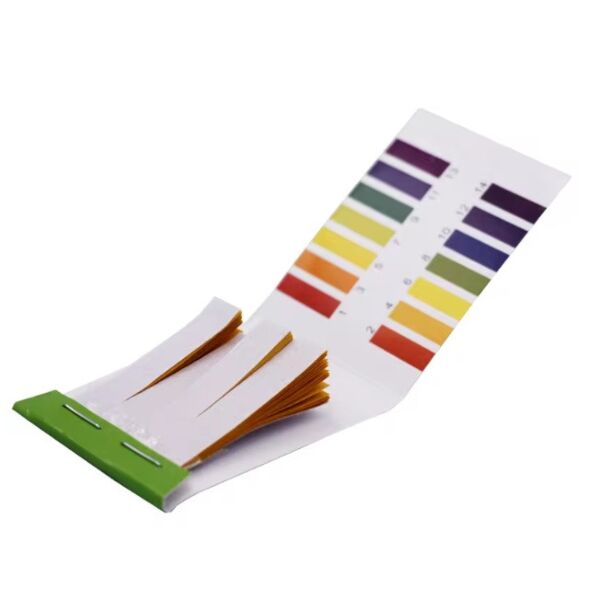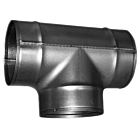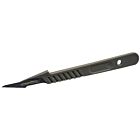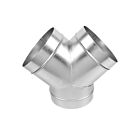£0.80
SKU
pH Test Strips - Litmus Paper
pH test strips, also known as litmus paper, are handy tools for measuring the acidity or alkalinity of liquids. Whether you’re testing water quality, soil, or even your own body fluids, here’s how to use pH test strips effectively:
Choose the Right Strips:
The pH scale ranges from 0 to 14, with 7 being neutral. Lower numbers indicate acidity, while higher numbers indicate alkalinity.
Make sure the strips you buy cover the pH levels you want to test for.
Read the Instructions:
Check the box to determine how long to leave the strips in the test liquid. Some require just a second, while others need around 20 seconds2.
Dip and Observe:
Dip one end of the test strip into the substance you want to test (e.g., water, urine, or soil).
Hold the strip at one end and dip the other end in the liquid, then remove it after the specified time.
Compare the color of the strip to the provided pH chart. The associated number gives your pH reading3.
Warm colors (like red or orange) indicate acidity, while cooler colors (like blue or green) represent alkalinity. Litmus paper may appear pink or blue
Universal Chart (If Needed):
If you lose the chart that comes with your strips, search online for a universal pH chart. It’ll help you approximate the pH level even if you can’t match the color exactly3.
Specific Applications:
Tap Water: Test your tap water to ensure it’s neutral (pH 7). Most drinking water falls within the range of 6.5-8.53.
Soil: Take a 1-inch strip of soil pH test paper, touch the tip to a soil-water solution, and match the color to the included guide.
Approximate size of pack 70 x45mm
Scales is as follows:-
• 1-3 Indicates a very high Acidic Substance
• 4-6 Indicates an Acidic Substance
• 7 Indicates Neutral
• 8-11 Indicates an Alkaline Substance
• 12-14 Indicates a very high level of Alkalinity
| Product Name | pH Test Strips - Litmus Paper |
|---|---|
| Price | £0.80 |
| Manufacturer | STEELROOTS |
| Brand | STEELROOTS |
- Orders are despatched in discreet plain packaging for security & discretionary purposes.
- Our shipping partners are DHL & Royal Mail as reliable as they are we cannot be held accountable for delays or mistakes cause by their organizations however we will assist on rare occasions this happens.
- FREE delivery is DHL 48HR delivery service up to 30KG based upon Each £65.00 of purchases.
- We aim for ALL orders & cleared funds received before 2PM to be dispatched the same day on the next working day service with DHL or 48HR (DHL FREE) service with Royal Mail, in rare circumstances we cannot full fill this service we will notify the customer advising of the situation and an estimated time frame. (FULL SHIPPING INFORMATION).
- SECURE PAYMENTS processed By PayPal & Klarna as our online payment gateways with funding options also available through both options. (FULL PAYMENT INFORMATION).
Steel Roots Garden Supplies operates within the distance selling regulations. You may cancel your order & return your items to us for a full refund under the following conditions:
- The goods have been delivered to your provided delivery address for up to 14 working days (dis-count weekends & UK national holidays) after the day delivery take's place.
- Goods must be in their original condition, unopened & ready for resale by us. (FULL RETURN INFORMATION).
More from STEELROOTS








